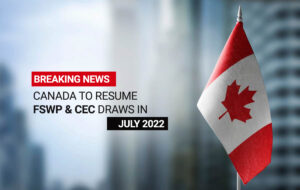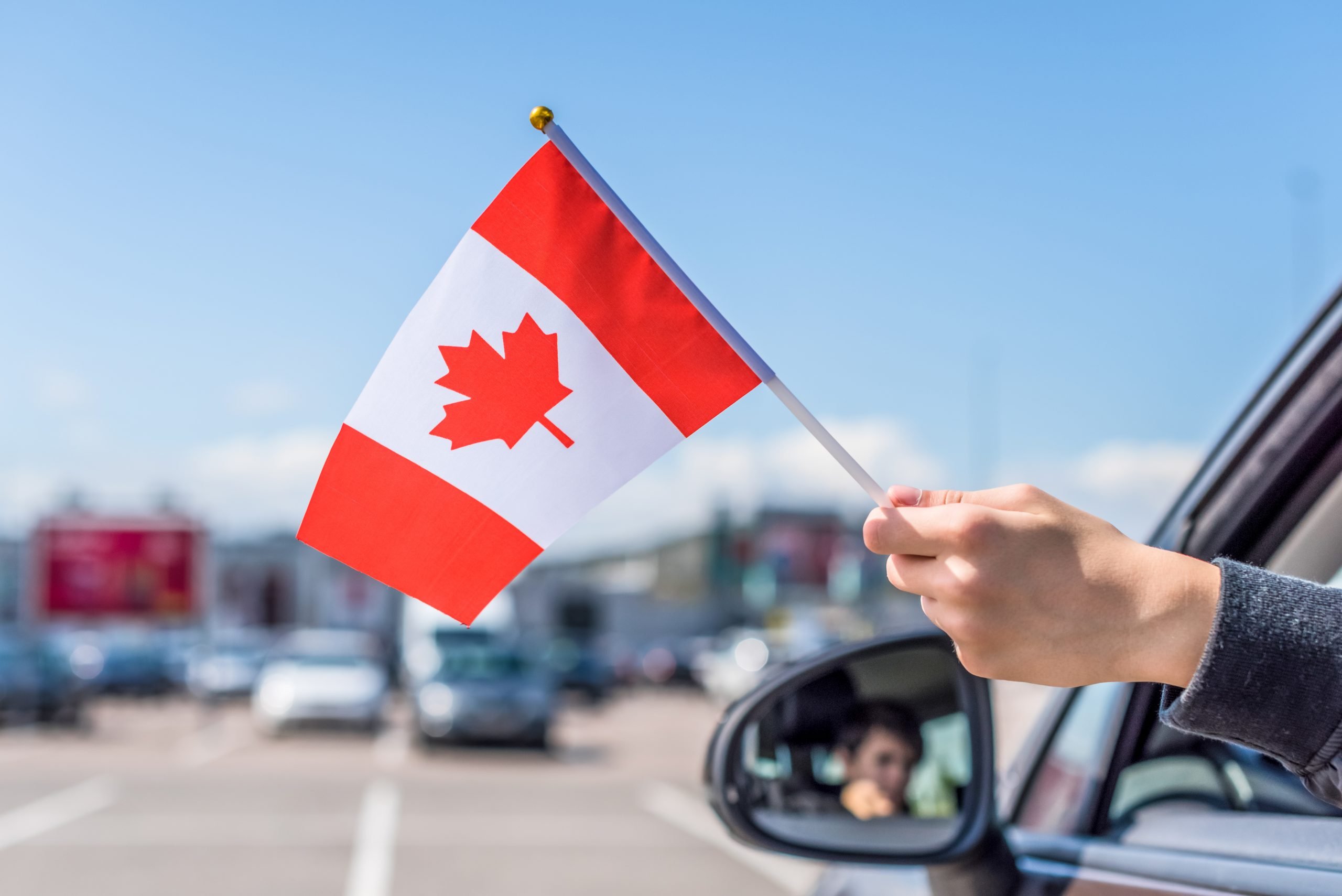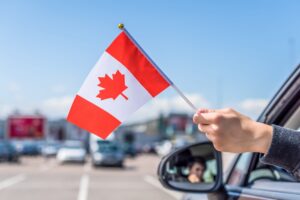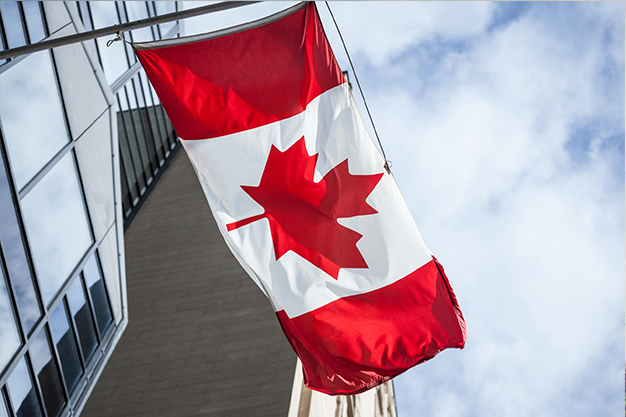Each year thousands of people across the world take the International English Language TestingSystem (IELTS) General Exam as part of their Canadian immigration process. Takingan IELTS exam can be a challenging prospect, but with a bit of knowledge and guidance, you will be well
placed to get the best IELTS score you can get for Canada Immigration.
IELTS (General) for Canada immigration:
What’s the IELTS exam? How does the IELTS work with respect to the different economicimmigration systems in Canada? What is the required IELTS score for immigration to Canada?And how do you get the best possible outcomes from IELTS, raising the odds of being settled in Canada at the earliest opportunity?
This Roadmap to IELTS and Immigration to Canada offers key answers to these questions, with
supplementary tips and tools for families and individuals wishing to make Canada their new home.
What is IELTS?
IELTS is the most common English language proficiency exam in the world for global migration and higher ed. Created in 1989, the IELTS test has been designed by some of the world’s leading language assessment specialists. About three million IELTS exams were carried out in 2016.
IELTS is one of four language assessments approved for immigration purposes by the canadian government. Others include the Canadian English Language Proficiency Index Program (CELPIP), the Test de connaissance du français pour le Canada (TCF Canada) as well as the Test d’Évaluation du Français (TEF).
IELTS and Express Entry:
Applications sent to most federal economic visa services in Canada are handled under the Express Entry Immigration Selection System.
GETTING INTO THE POOL:
Both prospective immigrants under Express Entry need to justify their skill in English or French (or for extra points, both). This involves fluent English and French speakers, no matter wherethey hail from or where they went to school. Express Entry is a fair playing field, and any point that matters as candidates is that all-important invitation to apply (ITA) for permanent residency.
Let’s say for a moment that you do not have the French capabilitiesand are not in a position, geographically speaking, to take the CELPIP English exam. In such a case, you would need to pass an IELTS test to enter the Express Entry pool. You must take the IELTS General TrainingExam (not the general version) for Express Entry.
There are different pathways to entering the pool, with Canada offering three separate programs withinExpress Entry. If you are not sure which program(s) you may be eligible under, see our guides:
- Federal Skilled Worker Class (FSWC): For workers evaluated under a unique FSWC pointssystem. Eligible individuals must obtain at least 67 points out of 100. Up to 28 points areavailable for language ability, plus an additional 5 points are available if you apply with aspouse/common-law partner who is proficient in English or French.
- Federal Skilled Trades Class (FSTC): For tradespersons with relevant experience.
- Canadian Experience Class (CEC): for people with continuous or recent job experience in Canada.
Important parameters:
If you can see, the qualifying criteria for the pool are distinct for FSWC, FSTS and CECapplicants, respectively. Once in the pool, though, both candidates are graded using the same points system, known as the Comprehensive Ranking System, or CRS.
Applicants joining the pool through IELTS results equal to CLB 8 or below will makeincremental improvements in their overall CRS points if they can show an increase in their language skills after re-study.
However, something unique will happen when you hit CLB 9, also known as the ‘initial advanced’ stage. This is because, under the ‘transferability skills’ factors of the CRS, language skills are combined individually with the amount of schooling and job experience obtained outside Canada. Up to 100 CRS points for these variations are available. Both bonus points are in addition to the points earned in order to develop language skills on the basis of human capital factors.
“Reaching CLB-9 will build or break the immigration prospects of a candidate to Canada.”
Let’s use a hypothetical situation to illustrate this. John has been a candidate in the pool. Upon joining the pool, he had a demonstrated skill in English similar to CLB 8 (i.e. IELTS 7.5 inhearing, and IELTS 6.5 in communicating, reading , and writing). He is 30 years old, holds a Master’s degree and three years of work experience outside of Canada. He has no job offer, no provincial selection, or family members residing in Canada. This earned him an initial score of 382 points for the CRS.However, he took the IELTS test again and made marginal improvements in the four skills, taking his scores to the equivalent of CLB 9 across all four. In doing so, his score improved to464 CRS points! Typically, such a score is more than enough to obtain an ITA.
Spouse/common-law partner ability:
Single and accompanying spouse or common-law family applicants are evaluated somewhat differently under the CRS. For candidates with a spouse or partner, up to 20 points are valid for the first language skills of the spouse or partner, with five points available for each of the fourlanguage skills. Valuable CRS points will only be gained if the spouse or partner still takes a language test, such as the IELTS. But, precisely, how many points? The table below has an answer.
IELTS and other Canadian immigration options:
Express Entry is not the only path to immigrate as an economic migrant to Canada. There arealso a variety of Regional Candidate Services (PNPs) and several PNP sources handled entirelyoutside of Express Access. In addition, persons and families seeking to live in the province ofQuebec are subject to various eligibility criteria. And don’t ignore those businessmen,developers, and self-employed citizens who want to make Canada their home – there are services for them, too.
No matter which plan is being followed, it is almost inevitable that prospective economic immigrants to Canada will need to prove their language skills. How the language test results affect the eligibility of the applicant or the cumulative points, if applicable, depends on theprogramme or stream. Simply put, language is almost always a core component in Canada’s commercial immigration programmes. As such, prospective candidates are urged to take the matter seriously, even though they are fluent speakers of the language.
As with Express Entry, only IELTS General Training will be approved by PNPs. The academic edition of the IELTS version is not approved.
